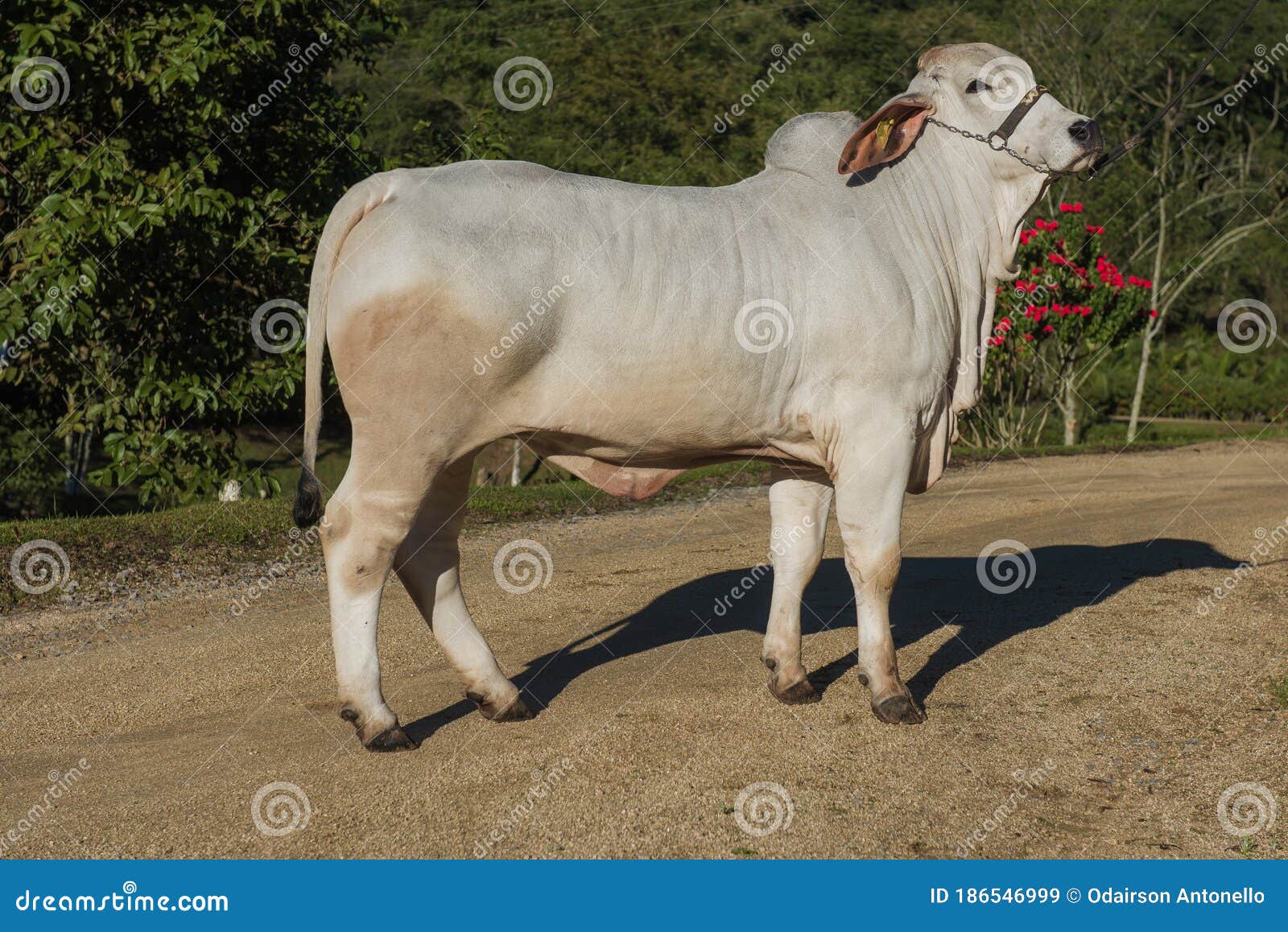

When it comes to mating and calving cycles, Neil takes a “hands-off approach”. He is thus taking advantage of the Brahman’s inherent hardiness instead of over-vaccinating and potentially undermining the breed’s natural tolerance to many diseases. Since starting this vaccination programme, no major diseases have been detected. Now, every September, animals older than six months are weighed and then get a 3-in-1 Supervax vaccination (for anthrax, botulism and black quarter), another vaccination for lumpyskin disease, and one for contagious abortion. Neil realised he’d get the most out of his animals by adapting his beef production and breeding programmes to nature.įor one thing, he saw how many cattle raised on communal land by cash-strapped farmers using hardly any vaccinations still produced and raised a calf every year – and decided to take a similar approach. A plain salt lick is in another tub nearby. Also, I’d have cows that were good animals but that, for reasons not necessarily related to their capabilities, would have had to be culled if I followed conventional methods.” Neil Haines shows the mixed bonemeal and salt lick that he feeds ad lib to his animals during summer.

“But I soon figured out that these ate into profits and were sometimes even wasteful. “I used vet-recommended vaccination programmes, controlled breeding and calving seasons, and specialised supplementary feeding. “When I first started with my Brahmans, I went by the book, farming technically,” he explains. He has rapidly expanded his award-winning Van Farms Grey Manso Brahman and commercial Brahman-type beef enterprises to where he now runs 1 200 stud animals and 500 commercial breeding cows on three farms totalling 2 400ha near Ladysmith, KwaZulu-Natal.


 0 kommentar(er)
0 kommentar(er)
